Embark on a journey through the world’s most breathtaking natural wonders and spectacular landscapes. From the towering peaks of the Himalayas to the deep blue depths of the Great Barrier Reef, nature offers an awe-inspiring array of vistas that captivate and intrigue. In this article, we explore a collection of fascinating facts about these majestic places, uncovering the hidden mysteries and extraordinary beauty that planet Earth has to offer.
The Grand Canyon is over 6 million years old
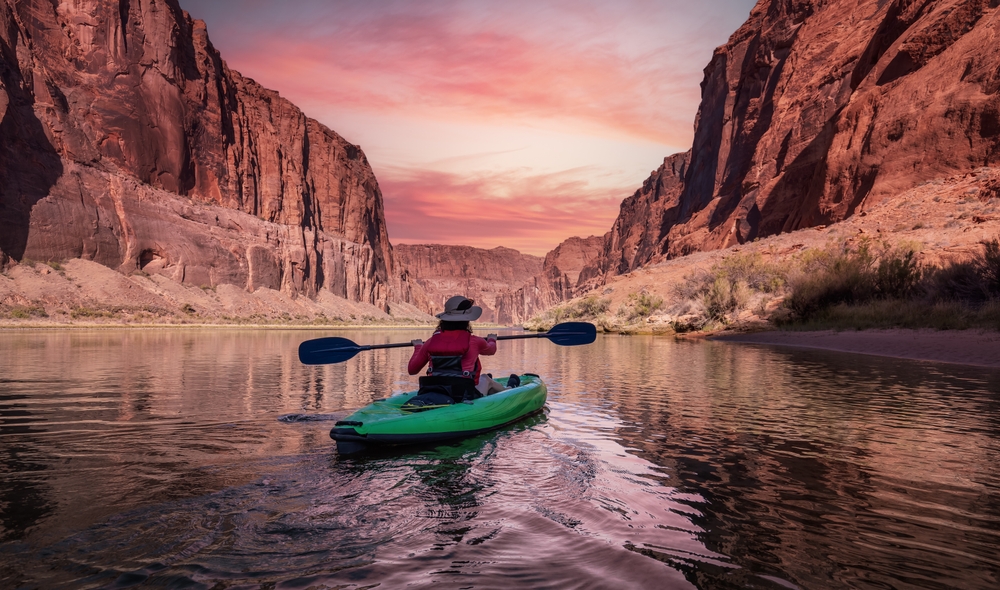
The Grand Canyon’s immense size and layered bands of red rock reveal millions of years of geological history. This natural wonder was primarily shaped by the erosive forces of the Colorado River, which carved through the landscape, exposing ancient rocks at its base, some dating back nearly 2 billion years. This deep, steep-walled canyon is not only a visual spectacle but also a significant geological textbook on Earth’s history.
Mount Everest grows about 4 millimeters every year
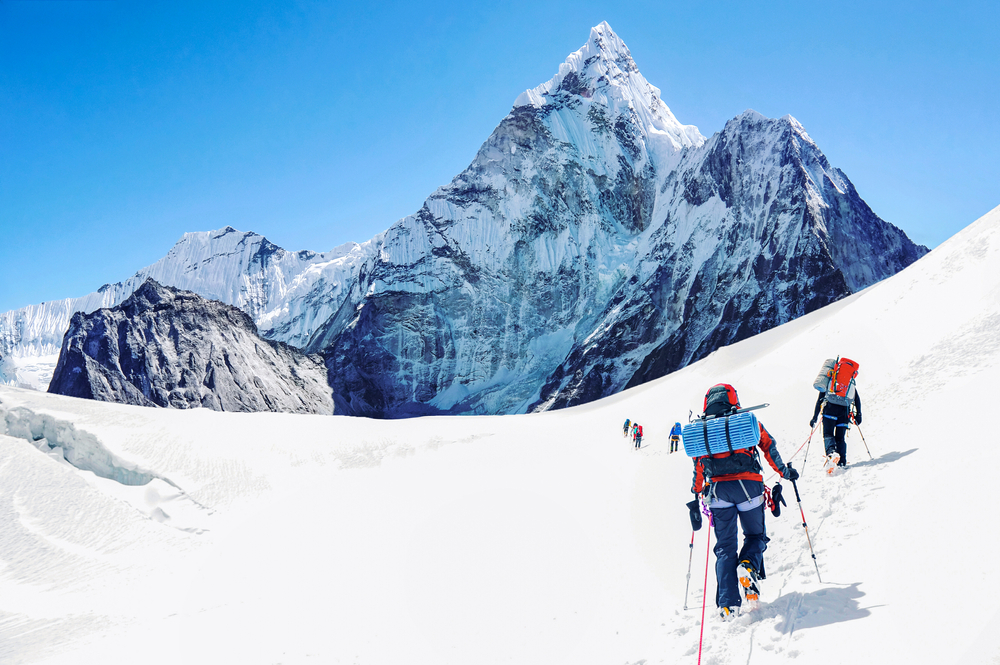
The growth of Mount Everest is a direct result of the tectonic activity along the boundary between the Indian and the Eurasian tectonic plates. As these plates continue to collide, the pressure pushes the Himalayas and Everest upward. This ongoing geological process illustrates the dynamic nature of Earth’s crust.
The Amazon Rainforest produces 20% of the world’s oxygen
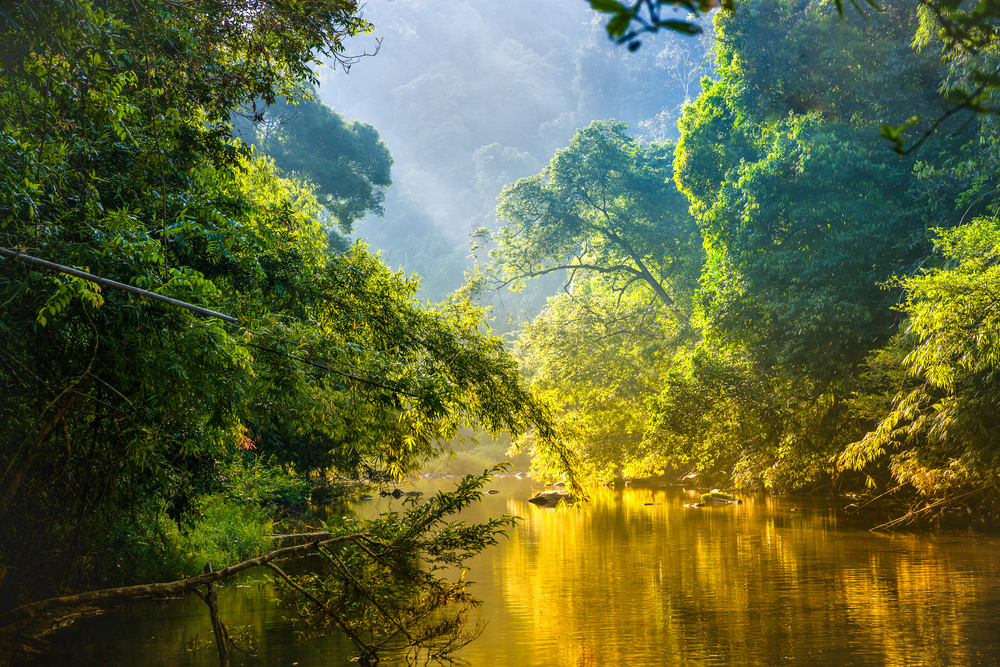
The vast expanse of the Amazon Rainforest, with its billions of trees, plays a critical role in the global oxygen cycle. Through photosynthesis, the forest’s dense vegetation continuously recycles carbon dioxide into oxygen, thus contributing significantly to the oxygen available in the Earth’s atmosphere. This makes it an essential element of the planet’s ecological balance.
Victoria Falls has the largest curtain of falling water in the world
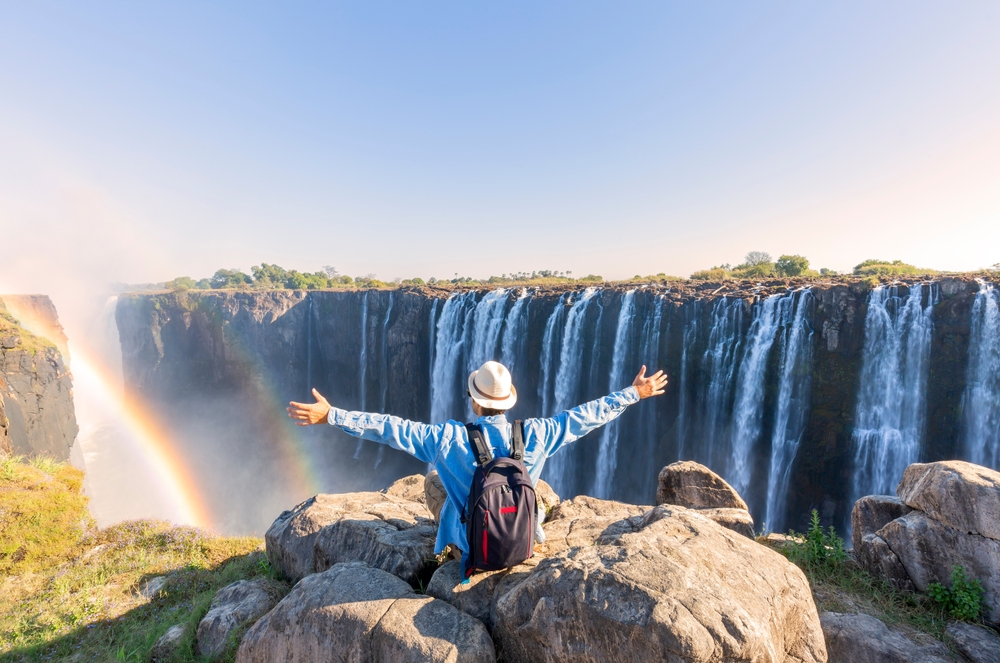
Victoria Falls boasts the most extensive water curtain in the world when considering both width and height. During the wet season, over 500 million cubic meters of water per minute plummet over the edge, into a gorge over 100 meters below. The spray from the falls can rise up to 400 meters in the air, creating a spectacle visible from kilometers away.
The Great Barrier Reef is visible from space
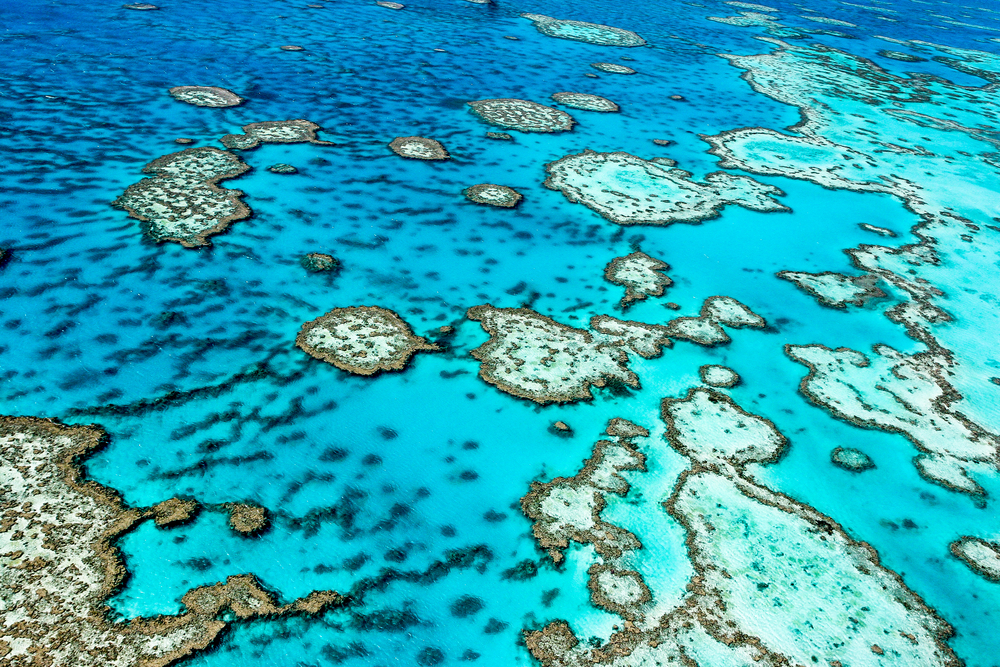
The Great Barrier Reef, the planet’s largest coral reef system, is so vast that it is visible from space. Composed of over 2,900 individual reefs and spanning around 344,400 square kilometers, it supports a wide range of marine life and serves as an important indicator of the health of the marine environment.
Death Valley is one of the hottest places on Earth
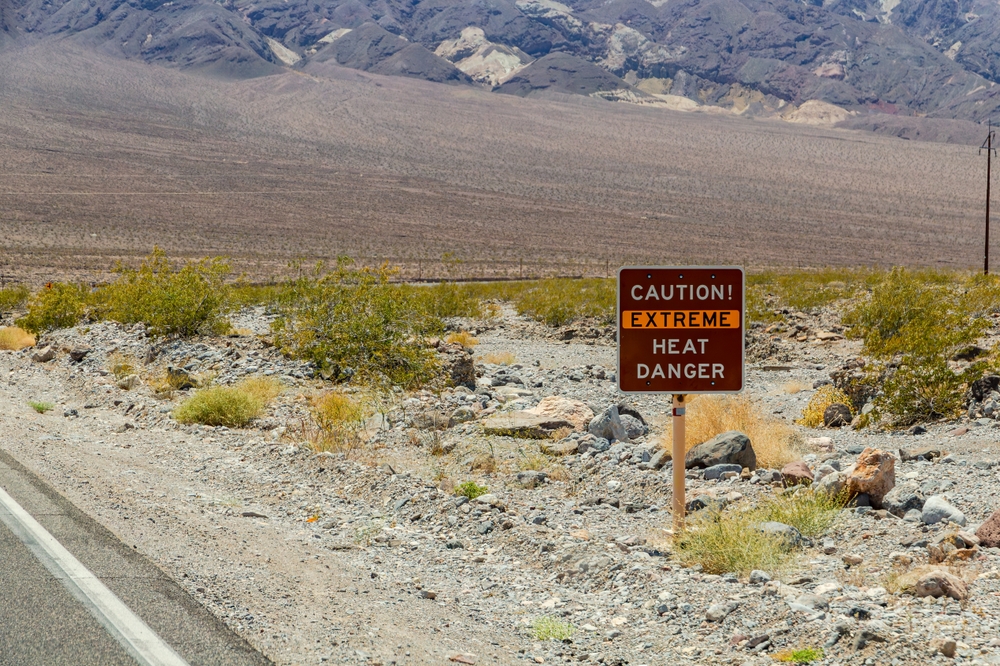
Located in the Mojave Desert, Death Valley is recognized for extreme heat with ground temperatures surpassing 93°C (200°F). Its below-sea-level basin creates a bowl-shaped landscape where hot air gets trapped in a cycle of super-heating the ground and air layers above, making it a harsh yet striking natural wonder.
Antarctica holds 70% of the world’s fresh water
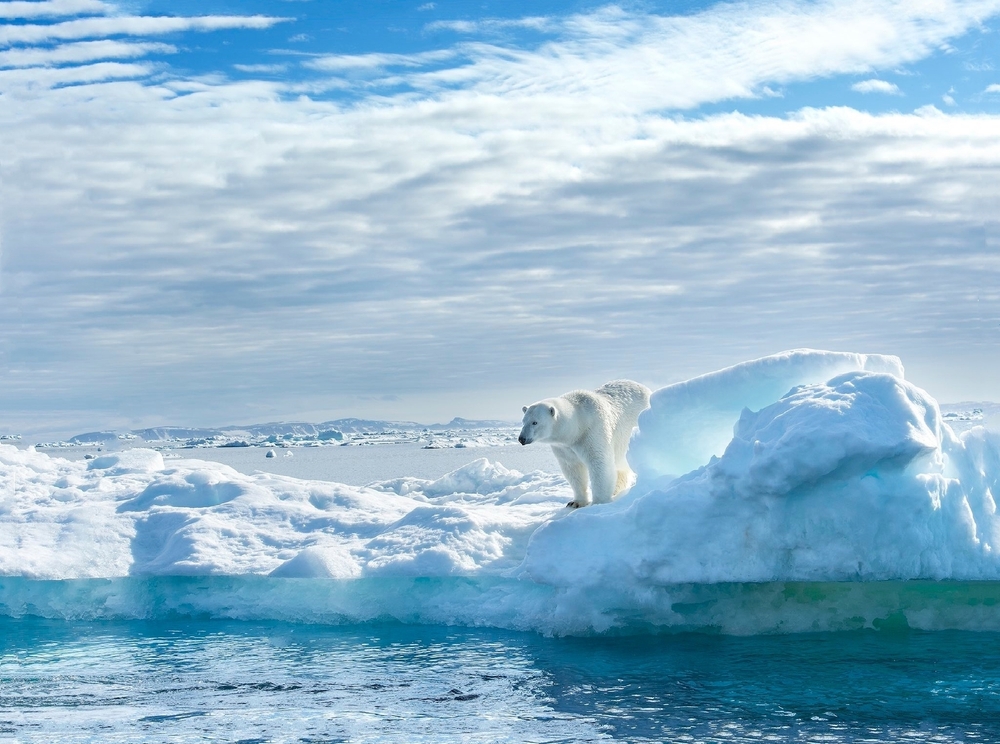
Encased in ice sheets that can be miles thick, Antarctica’s vast frozen reserves act as the Earth’s primary freshwater storehouse. These ice sheets are vital for regulating sea levels and reflecting solar radiation, playing a crucial role in the planet’s climate systems.
The Sahara Desert is almost as large as the United States
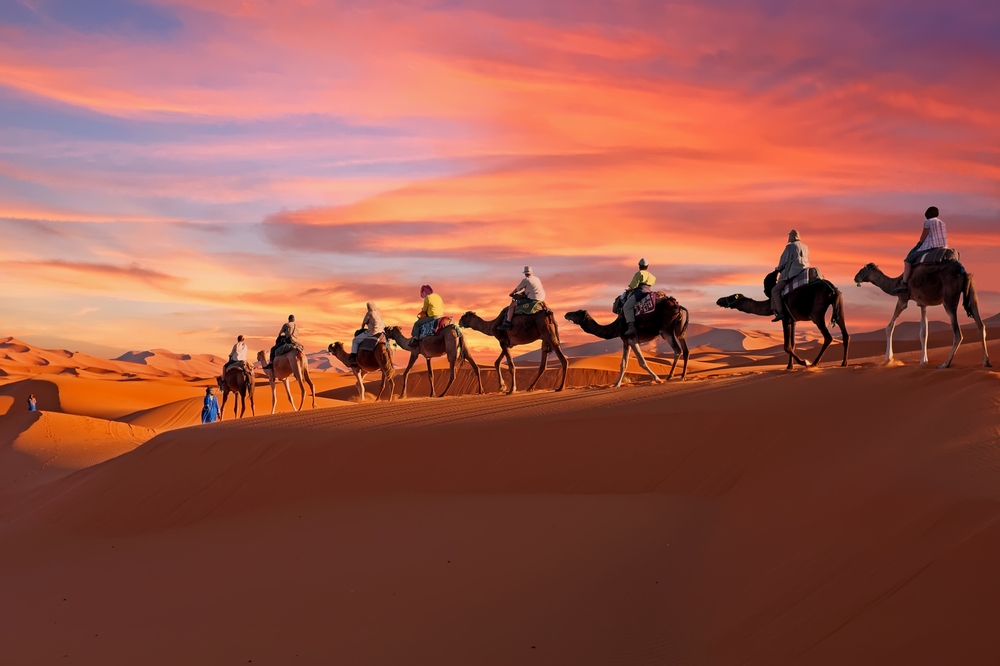
The Sahara Desert, stretching across most of North Africa, covers an area comparable to the size of the United States. This vast desert landscape is characterized by its sand dunes, rock plateaus, and sparse vegetation, adapting to extreme conditions of heat and aridity.
Jeju Island was formed entirely from volcanic eruptions
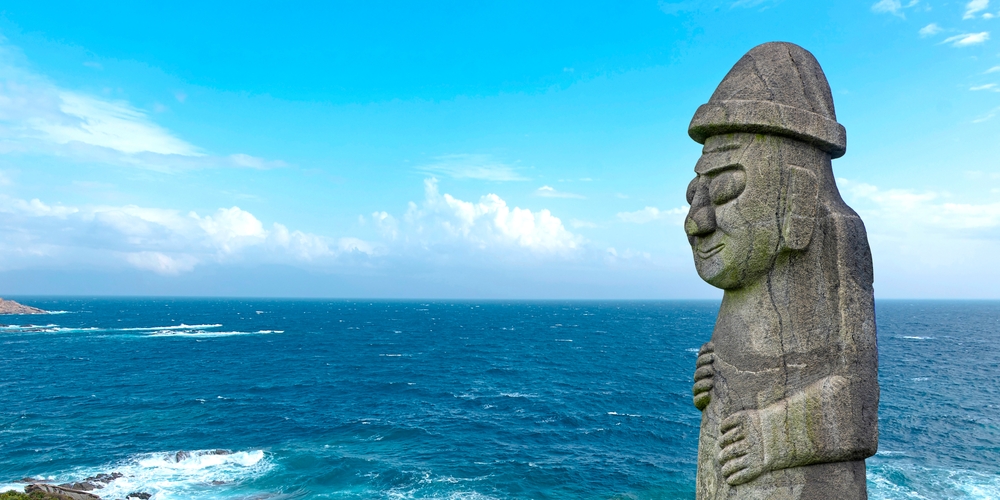
Jeju Island’s origin from volcanic activity has resulted in a landscape rich with volcanic cones and craters, and lush with fertile soils that support diverse flora and fauna. The island’s centerpiece, Hallasan Mountain, is a dormant volcano topped with a crater lake, representing the island’s volcanic nature.
The Dead Sea is the lowest point on dry land
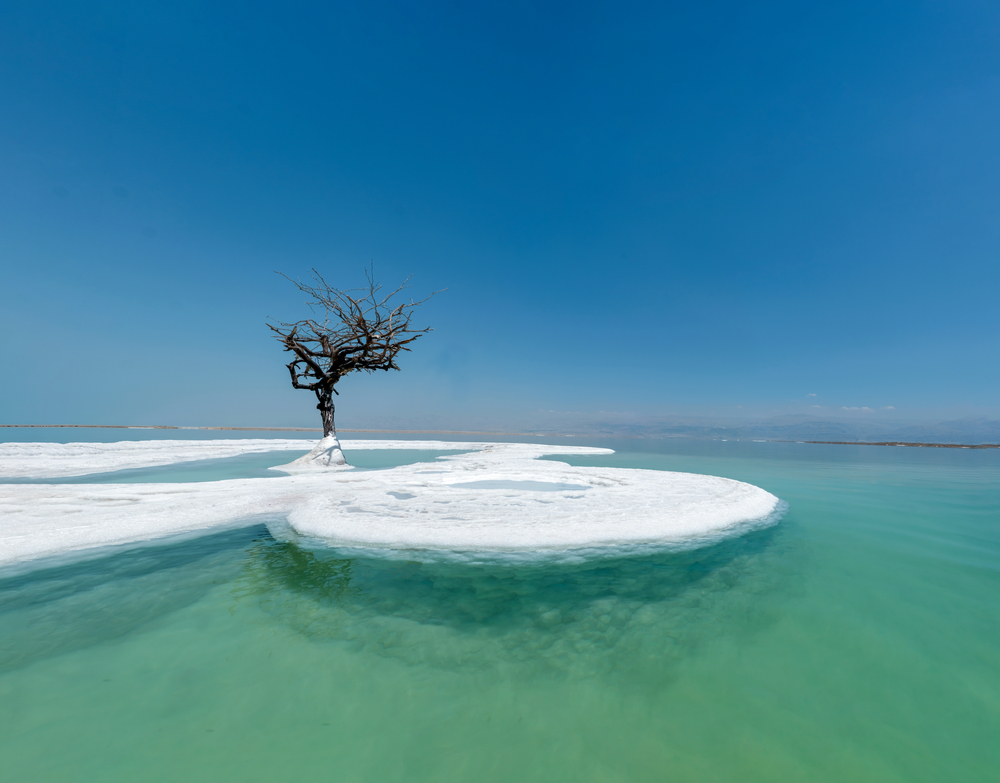
The surface and shores of the Dead Sea are over 430 meters below sea level, making it Earth’s lowest elevation on land. The sea’s saline waters are so buoyant that people can float effortlessly, and its mineral-rich mud is famous for its therapeutic properties.
Banff National Park is home to glacial lakes that have water so blue it seems surreal
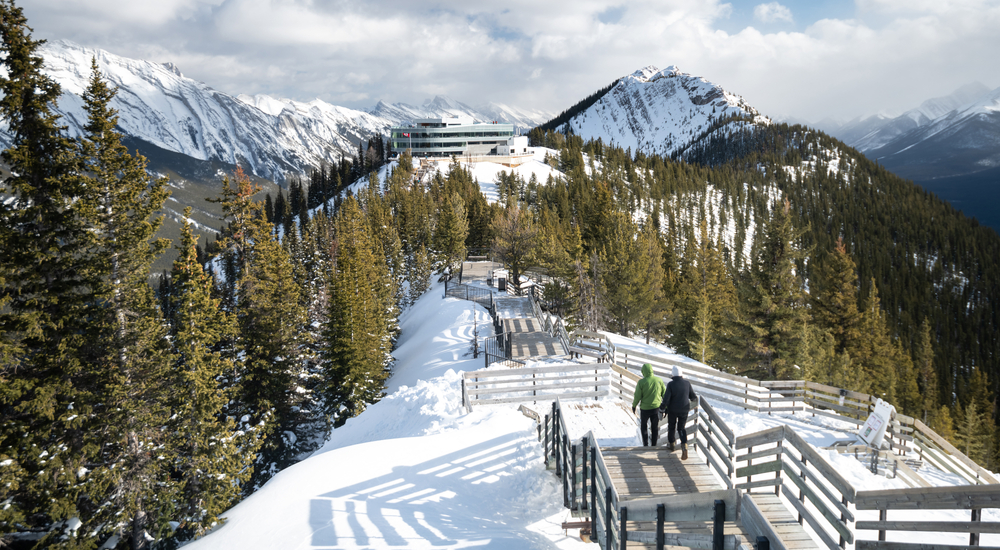
The striking blue color of the lakes in Banff National Park is due to light scattering caused by the “rock flour” or fine silt-sized particles of rock that are carried into the lakes by meltwater from the surrounding glaciers. This natural phenomenon creates vividly blue waters that contrast dramatically with the rugged mountain scenery.
The Salar de Uyuni can reflect the sky perfectly on its surface
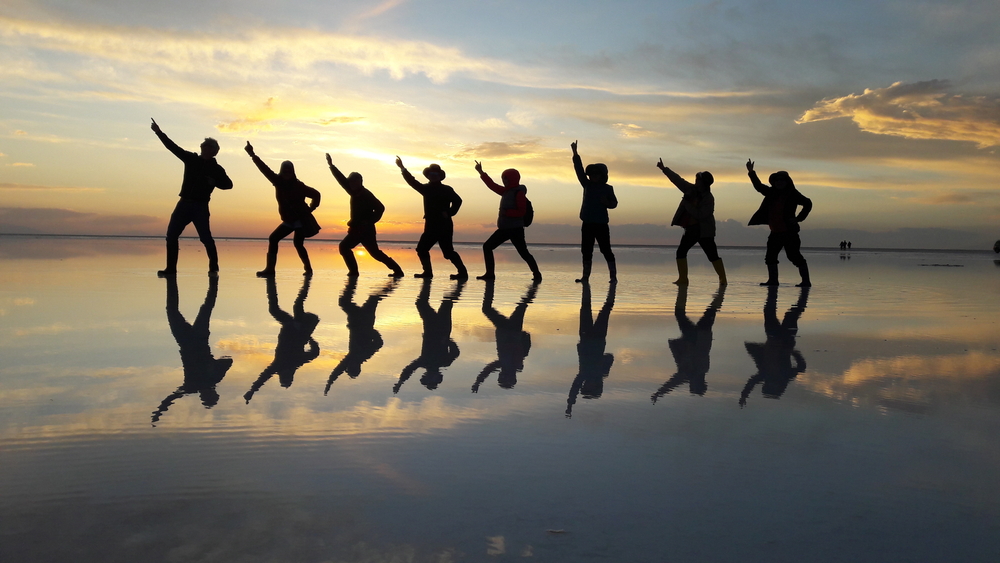
Bolivia’s Salar de Uyuni, the largest salt flat in the world, transforms into a giant mirror during the rainy season when covered by a thin sheet of water. This natural mirror creates a surreal landscape where the sky and ground merge in a seamless horizon, making it a popular spot for photographers and tourists.
Krakatoa’s 1883 eruption was one of the loudest sounds ever heard in modern history
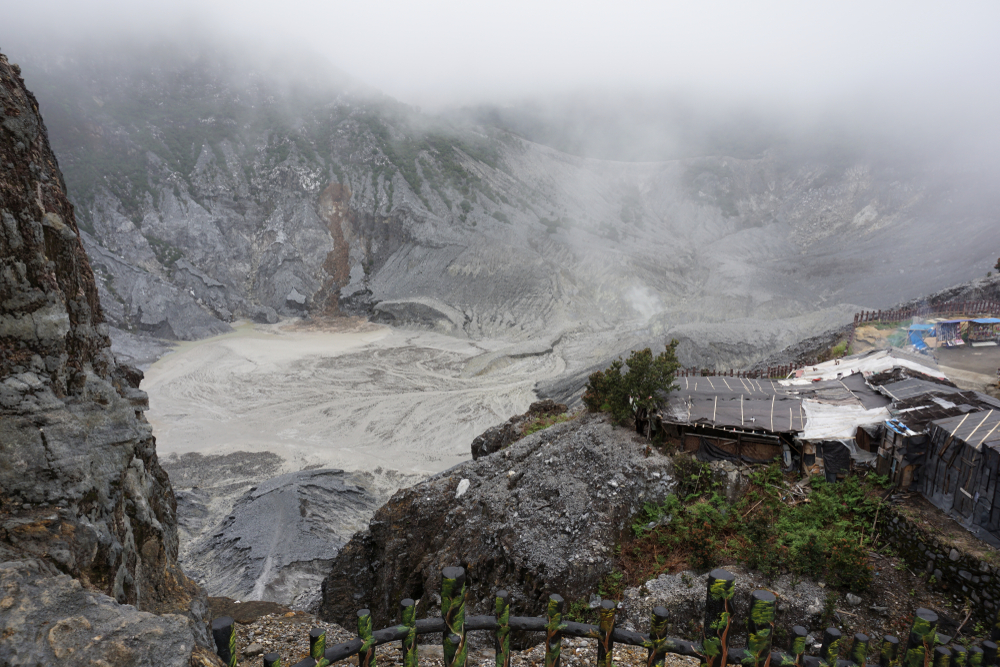
The eruption of Krakatoa was one of the most violent volcanic events recorded, ejecting more than 25 cubic kilometers of material. The explosive eruption and the tsunamis it triggered had devastating effects on the surrounding areas and caused noticeable changes in weather patterns globally.
The Northern Lights are a result of solar particles colliding with the Earth’s atmosphere
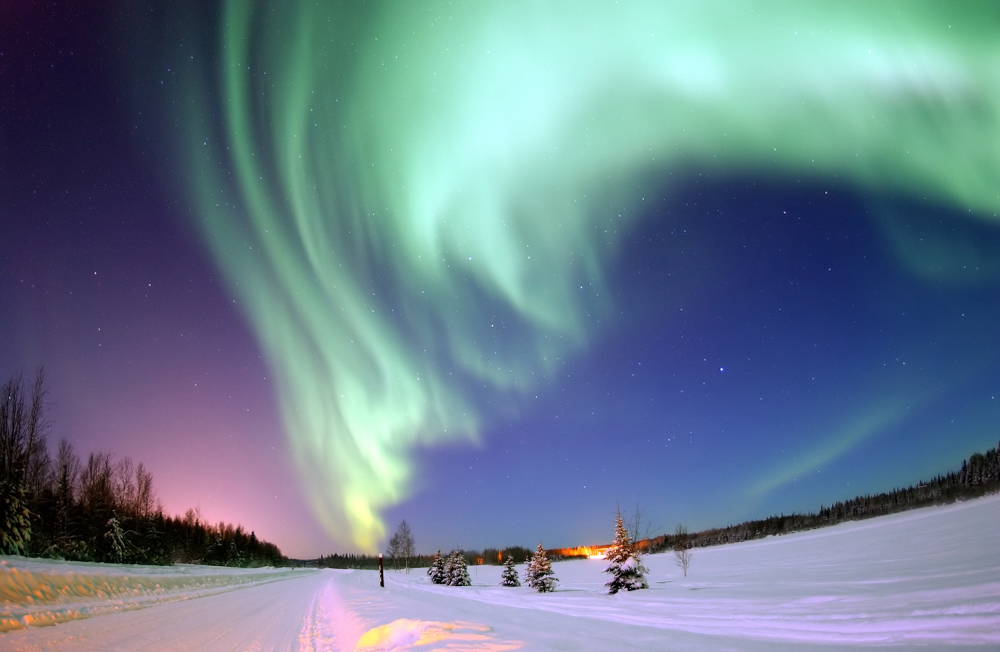
The Northern Lights, or Aurora Borealis, are caused by collisions between electrically charged particles from the sun that enter the Earth’s atmosphere. These collisions emit light seen as colorful dancing lights in the sky, a beautiful natural phenomenon most visible in high-latitude regions around the Arctic and Antarctic.
The Great Blue Hole is a giant marine sinkhole off the coast of Belize
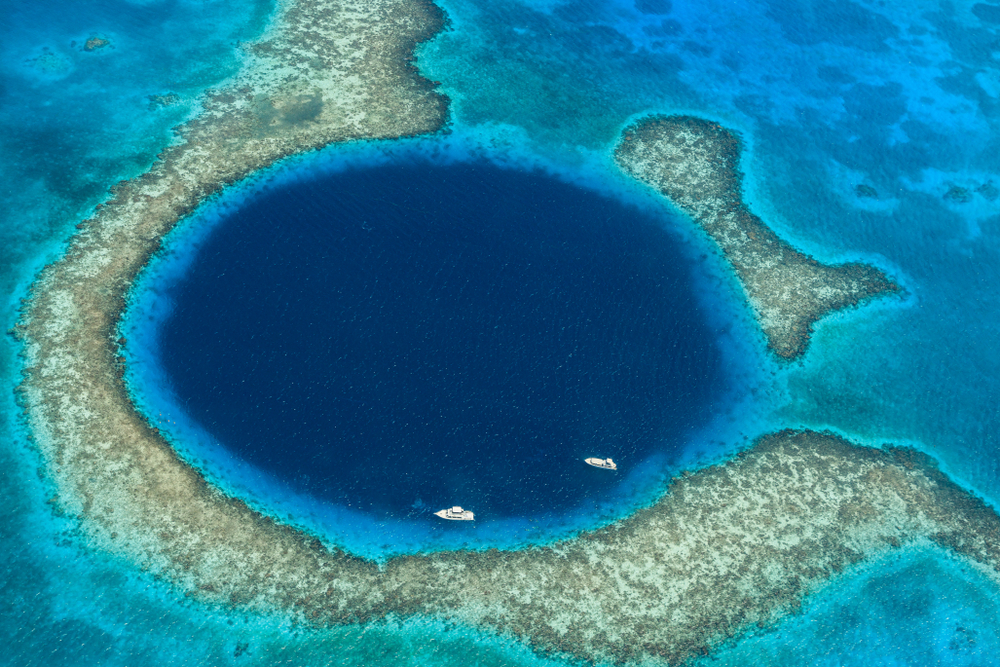
The Great Blue Hole is a stunning example of an underwater cave formation, initially formed as a limestone cave during the last glacial period. This circular, deep blue hole is ringed by coral and is a hotspot for divers looking to explore its crystal-clear waters and diverse marine life.
Yosemite’s El Capitan is a favorite challenge for rock climbers
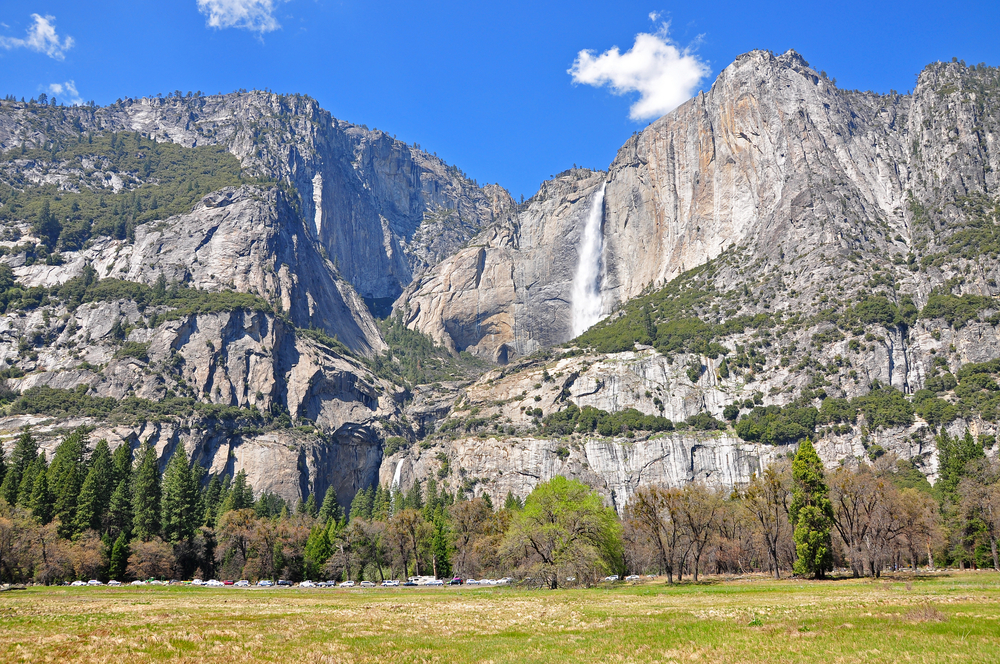
El Capitan is renowned for its sheer granite face, presenting a formidable challenge for climbers. This iconic monolith appeals to extreme athletes and climbers worldwide due to its smooth, vertical ascent and the technical skill required to scale it.
The Ring of Fire contains over 450 volcanoes and is home to over 75% of the world’s active and dormant volcanoes
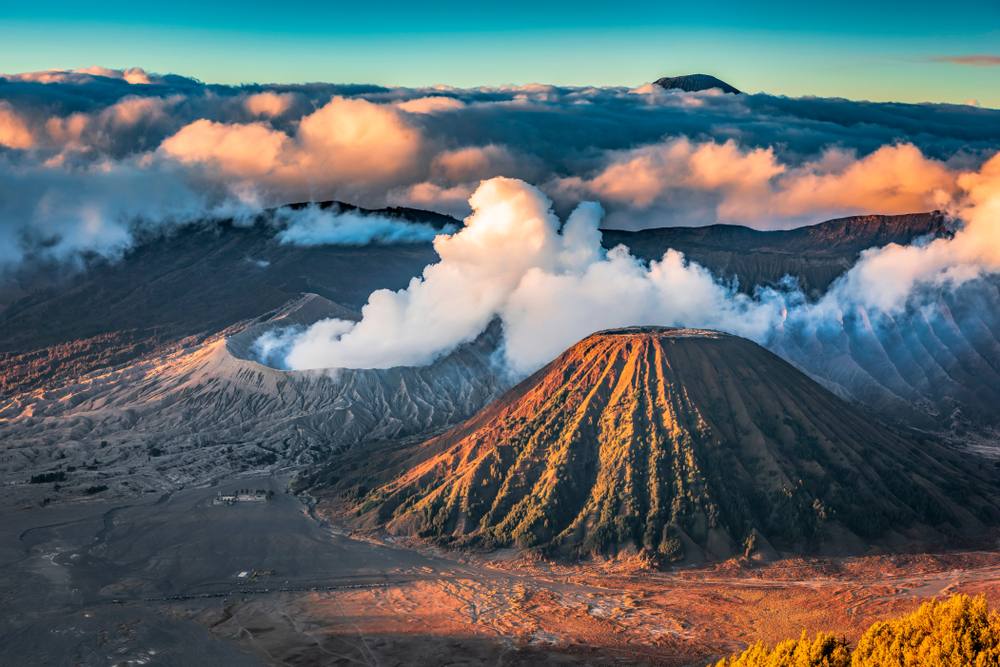
The Pacific Ring of Fire is an arc around the Pacific Ocean where many volcanoes and earthquakes occur, due to tectonic plate movements. The frequent volcanic activity and earthquakes in this region significantly shape the geology and landscape of the surrounding areas.
Lake Baikal holds 20% of the world’s unfrozen freshwater

Siberia’s Lake Baikal, the deepest and one of the oldest lakes globally, holds vast amounts of freshwater, providing a critical resource for biodiversity. The lake is home to thousands of plant and animal species, many of which are unique to the area.
The Wave is a sandstone rock formation in Arizona known for its colorful, undulating forms
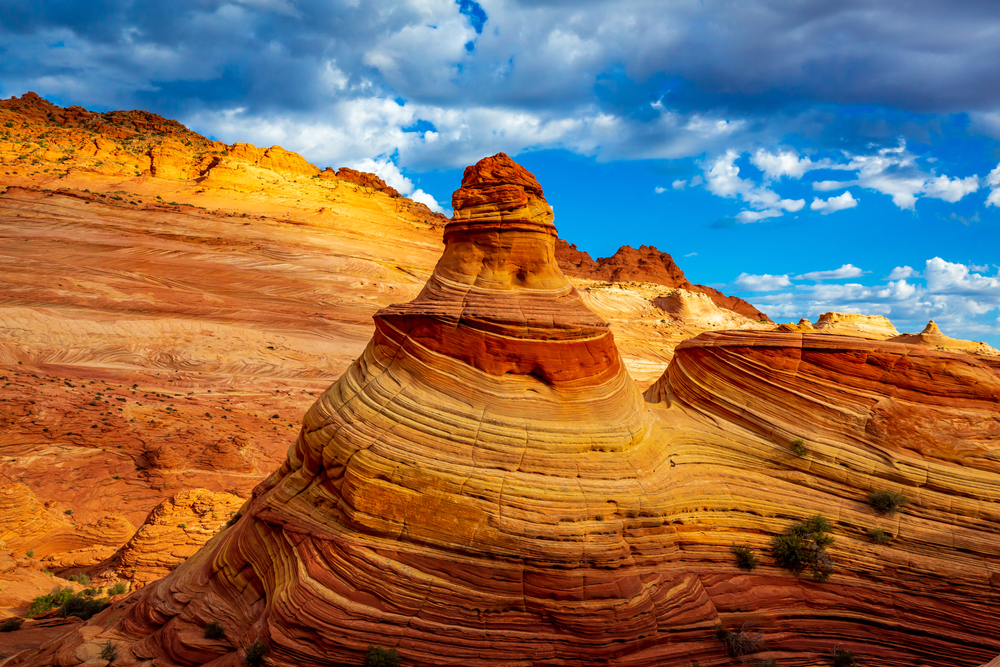
The Wave is characterized by its mesmerizing, wavelike patterns and vibrant colors, formed from Jurassic-age sandstone that has been slowly eroded by wind and rain. The intricate patterns and troughs in the rock make it a popular hiking and photography spot.
Mauna Loa is the largest subaerial volcano in both mass and volume
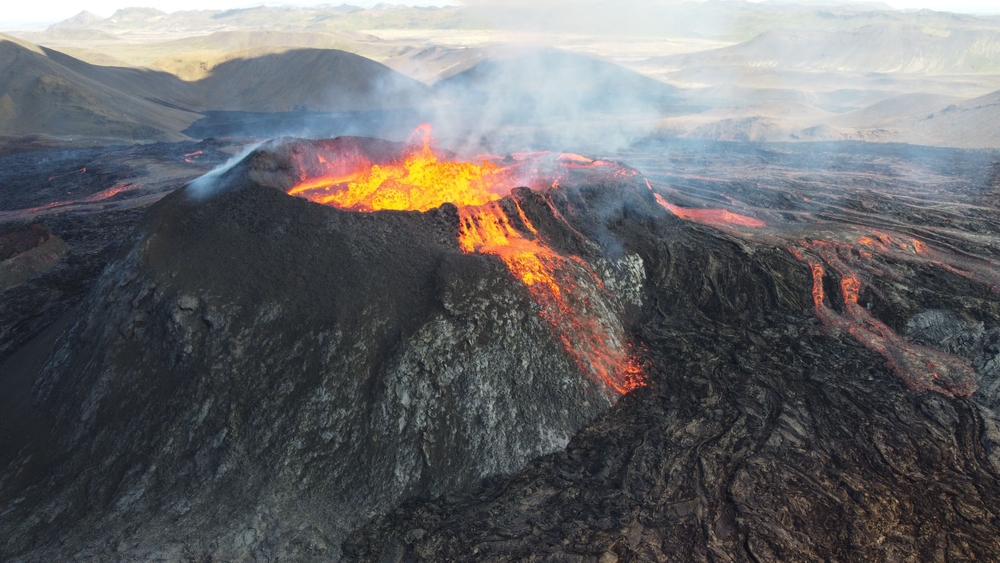
Mauna Loa is an active shield volcano, part of the Hawaiian Islands. Its massive size and volume are due to its low-angle shield shape, built by thousands of years of lava flows. Its activity has played a crucial role in shaping the landscape of the Hawaiian Islands.
The Atacama Desert is one of the driest places on earth
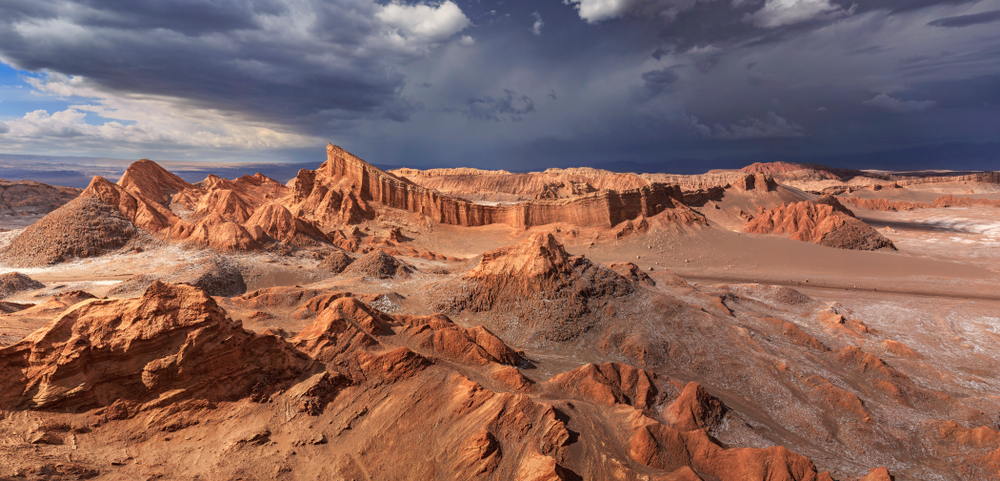
The extreme dryness of the Atacama Desert comes from its location between two mountain chains that block moisture on both sides, creating a rain shadow. The desert’s aridity makes it one of the best places on Earth for astronomical observations, free from light pollution and water vapor.
Angel Falls is the world’s highest uninterrupted waterfall
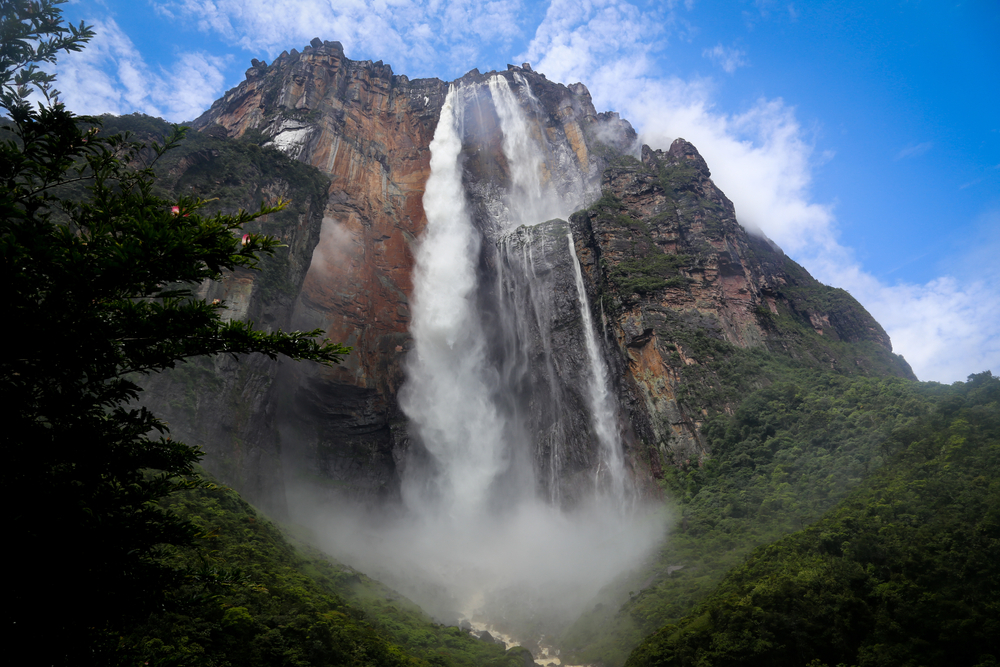
Angel Falls is notable not only for its height but also for its location within Venezuela’s Canaima National Park, a UNESCO World Heritage site. The waterfall is roughly 15 times higher than Niagara Falls, making it a stunning sight as it cascades off the edge of the Auyán-tepui mountain.
The Painted Hills in Oregon are known for their vibrant colors
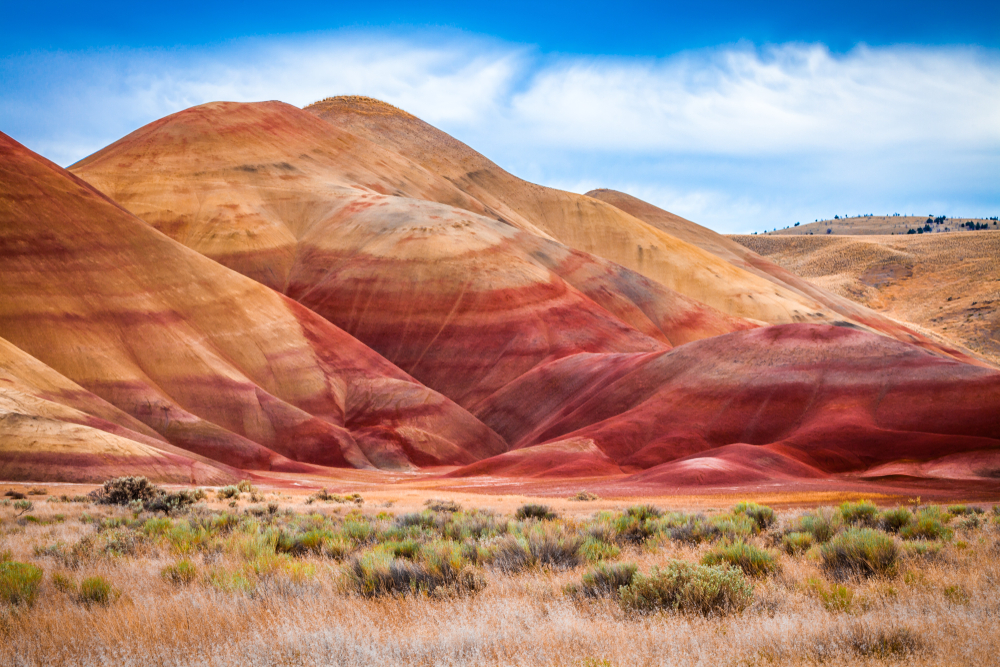
The Painted Hills feature stratifications in the soil revealing various geological eras, colored by different climatic conditions. The hills’ red, gold, and black hues are most vivid in the late afternoon sun, providing a spectacular display of natural artistry.
This article originally appeared on UnifyCosmos.
More from UnifyCosmos
18 Female Empowerment Tips for Navigating the Workplace

Navigating the workplace as a woman can come with unique challenges and opportunities. To thrive in your career, it’s essential to harness your strengths, build supportive networks, and advocate for yourself effectively. Read More
15 Affordable Skincare Gadgets Recommended by Experts

Achieving healthy, radiant skin doesn’t have to be expensive. Dermatologists often endorse a range of cost-effective skincare tools that can significantly enhance your beauty regimen. Read More
25 Tech Billionaires Who Dropped Out of College

In the fast-paced world of technology, some of the most successful innovators have taken an unconventional path to success. While many people view a college degree as a crucial step towards a prosperous career, these tech billionaires have proven that dropping out of college can sometimes lead to extraordinary achievements. Read More
Leave a Reply